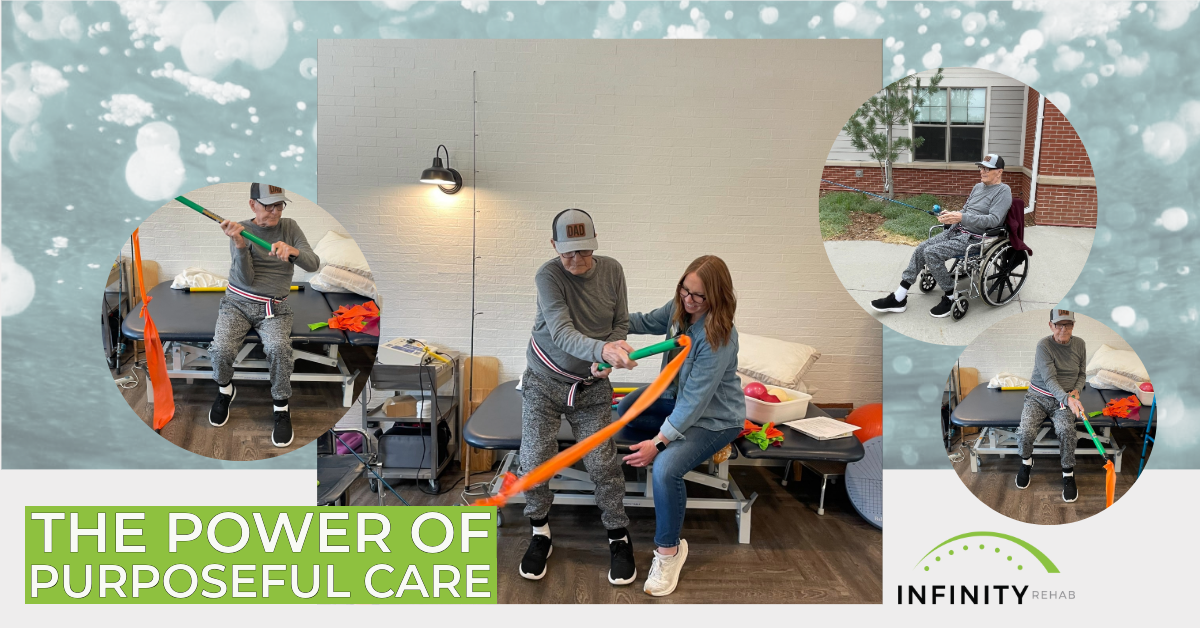May is Stroke Awareness Month
May is Stroke Awareness Month. 800,000 Americans suffer strokes each year. Many will have more than one stroke, as have one predisposes you to a higher chance of a recurring stroke. A stroke causes brain tissue to die, which can lead to brain damage, disability, and death. Stroke is the fifth leading cause of death in the United States and the leading cause of serious long-term disability.
Reacting quickly to symptoms is an effective strategy to lower the severity of a stroke.
Know the warning signs
There are three primary warning signs that are indicative of someone having a stroke:
- Face drooping
- Arm weakness or numbness
- Speech difficulty
So, if you, a family member, or someone you are with are experiencing these symptoms, call 9-1-1 immediately for assistance.
Stroke prevention
Several factors that are beyond your control can increase your risk for stroke. These include your age, sex, and ethnicity. But there are many unhealthy habits that you can change to lower your stroke risk. Some immediate lifestyle changes you can make to reduce your stroke risk include:
- Eat healthy foods
- Maintain a healthy weight
- Get regular physical activity
- Don’t smoke
- Limit alcohol intake
- Control medical conditions, like diabetes and heart disease
- Keep your cholesterol and blood pressure in check
So, many strokes could be prevented through healthy lifestyle changes and working with your healthcare team to control health conditions that raise your risk for stroke. Ask your doctor about preventing or treatments techniques for stroke.
Stroke recovery
All typical forms of therapy rehabilitation (physical therapy, occupational therapy, and speech therapy) are essential for recovery in stroke victims.
Speech-language pathologists (SLPs) are critical for recovery in stroke victims. The focus of the speech therapy exercises is to maintain or regain speech abilities at a high level. The speech therapist will also aid the stroke patient in maintaining their independence and mobility by providing information on compensatory strategies.
Additionally, for most stroke patients, rehabilitation also involves physical therapy. The aim of physical therapy is to have the stroke patient relearn simple motor activities such as walking, sitting, standing, lying down, and the process of switching from one type of movement to another.
Finally, most stroke patients need occupational therapy to be able to return to their daily activities. This therapy is important to the rehabilitation and recovery process because your Infinity Rehab therapist helps you relearn necessary life skills.
Stroke resources
The Center for Disease Control and Prevention (CDC) has valuable resources to help prevent, know the signs, and treat stroke. The American Stroke Association also has several invaluable resources.







